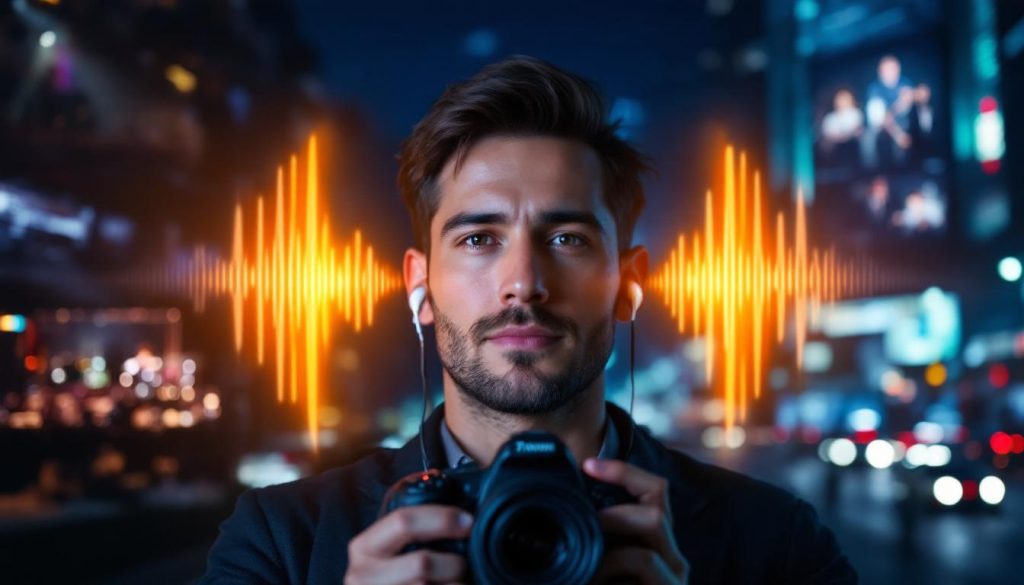Hearing loss is often a silent threat, creeping up unnoticed until irreversible damage has occurred. Despite being one of our most delicate senses, hearing rarely signals danger directly, making prolonged exposure to high noise levels a hidden hazard. This was the personal revelation of a professional photographer accustomed to loud environments like TV shoots, weddings, and bars, who only became aware of potential hearing damage after his Apple Watch alerted him through the Health app. The device recorded periods of prolonged exposure to noise, highlighting moments he did not consciously register as harmful.
The danger lies not just in obvious loud events such as concerts or nightclubs, but in routine exposure to environmental noise that many might overlook: busy offices, warehouses, public transportation, and even the hum of heavy traffic can contribute to cumulative hearing damage. Understanding the decibel scale is crucial in gauging risks. While occupational safety guidelines often set 85 dB as a threshold for an eight-hour workday, the World Health Organization recommends a more conservative limit of 70 dB for continuous exposure. Sounds above this level can damage hearing, with everyday examples ranging from a vacuum cleaner at 70-80 dB to a nightclub exceeding 100 dB.
Unlike vision, where hazards like bright sunlight prompt immediate protective actions, hearing lacks clear, intuitive warnings. This gap is increasingly addressed through technology. The Apple Watch’s Noise app periodically measures ambient sound levels using its microphone and alerts users to potentially harmful prolonged noise exposure. Importantly, the watch does not record or save actual audio, protecting user privacy while providing real-time decibel readings and notifications only when noise levels are sustained above safe thresholds. This helps users avoid alert fatigue from transient or brief loud sounds, instead focusing on meaningful exposure that risks hearing health.
Data gathered by the Apple Watch is seamlessly integrated into the iPhone’s Health app, where users can see detailed histories of their environmental sound exposure over days, weeks, and months. This long-term tracking enables individuals to recognise patterns and make informed decisions to protect their hearing—whether by modifying behaviour or implementing protective strategies. For instance, the photographer noted a decline in high-noise episodes in 2025 compared to previous years, reflecting conscious efforts to limit his exposure.
In addition to environmental monitoring, Apple has introduced a proactive hearing health tool with AirPods Pro 2. These earbuds feature a certified hearing test available on iOS 18.1 or later, which plays a series of tones across different frequencies to assess hearing acuity. Users follow simple on-screen prompts to complete the test in a quiet environment, receiving detailed results stored in the Health app. This facilitates early detection of hearing loss and helps users determine if professional intervention is needed.
For unavoidable noisy environments, the AirPods Pro 2 offer an innovative solution with Transparency mode combined with automatic loud noise reduction. This feature allows users to remain aware of their surroundings while softening sudden loud noises such as sirens or motorcycles, thus preventing acute hearing damage without total isolation. This functionality is especially beneficial in workplaces or commuter settings where constant noise is unavoidable.
Research underscores the significance of these tools: studies suggest one in four people face daily exposure to dangerously high noise levels, posing a widespread public health challenge. Integrating the Apple Watch’s sound level monitoring, the iPhone’s data analysis capabilities, and the AirPods Pro 2 hearing protection and testing features creates a comprehensive ecosystem designed to safeguard hearing—a sense essential to enjoying music, conversations, and the rich soundscape of everyday life.
📌 Reference Map:
- Paragraph 1 – [1], [7]
- Paragraph 2 – [1], [5]
- Paragraph 3 – [1], [2], [3], [4]
- Paragraph 4 – [1], [7], [4]
- Paragraph 5 – [1], [6]
- Paragraph 6 – [1]
- Paragraph 7 – [1]
Source: Noah Wire Services





